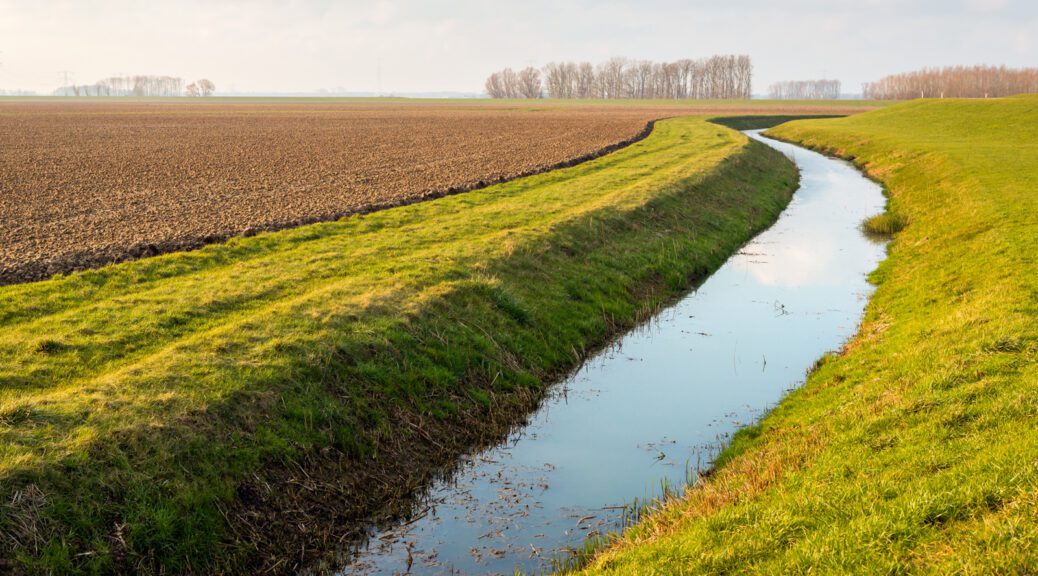
Return to December 2021 newsletter
Agencies propose new definition for Waters of the United States under the Clean Water Act
By Jim Bradbury and Courtney Cox Smith
James D. Bradbury, PLLC
The Environmental Protection Agency (EPA) and Army Corps of Engineers on Dec. 7 published a proposed rule concerning the definition of Waters of the United States (WOTUS) under the Clean Water Act. The proposed rule reinstates the pre-2015 definition of WOTUS with some updates to reflect recent Supreme Court decisions.
By way of background, the WOTUS definition has been a significant source of conflict and political posturing in recent years as the Obama and Trump administrations each proposed their own rules, making expansive changes to the rule. The 2015 Obama WOTUS Rule cast a wide net over jurisdictional waters, rendering previously exempt waters potentially jurisdictional. Numerous lawsuits quickly followed approval of the 2015 rule.
The Trump administration moved to undo the changes made by the Obama administration to the WOTUS rule and proposed their own Navigable Waters Protection Rule that narrowed the scope of jurisdictional waters. Once again, lawsuits followed. Now, under the Biden administration, the Navigable Waters Protection Rule was vacated by a federal district court and is being replaced by the newly proposed rule reinstating a reformed pre-2015 definition.
While the agencies stress that the proposed rule reinstates much of the 1986 regulations, it is important to note that the proposed rule includes a “significant nexus standard” that was a source of significant controversy under the Obama 2015 Rule. Under the new proposed rule, WOTUS includes:
-
- traditional navigable waters, interstate waters, and territorial seas and their adjacent wetlands;
- most impoundments of WOTUS;
- tributaries to traditional navigable waters, interstate waters, the territorial seas, and impoundments that meet either the relatively permanent standard or the significant nexus standard;
- wetlands adjunct to impoundments and tributaries, that meet either the relatively permanent standard or the significant nexus standard;
- other waters that meet either the relatively permanent standard or significant nexus standard.
The “relatively permanent standard” means “waters that are relatively permanent, standing or continuously flowing and waters with a continuous surface connection to such waters.” The rule goes on to define the “significant nexus standard” as “waters that either alone or in combination with similarly situated waters in the region, significantly affect the chemical, physical, or biological integrity of traditional navigable waters, interstate waters, or the territorial seas.”
The agencies are quick to point out that the proposed rule maintains “longstanding exclusions of the pre-2015 regulations as well as the exemptions and exclusions in the Clean Water Act on which the agricultural community has come to rely.”
This will be an important issue for agriculture not only to continue to watch, but to provide comments on the proposed rule. The text of the proposed rule can be accessed at epa.gov/wotus. The public comment period is open and will close Feb. 7. This rule broadens the scope of jurisdiction under the Clean Water Act from the Trump Administration approach which should be of concern for agricultural producers and landowners.